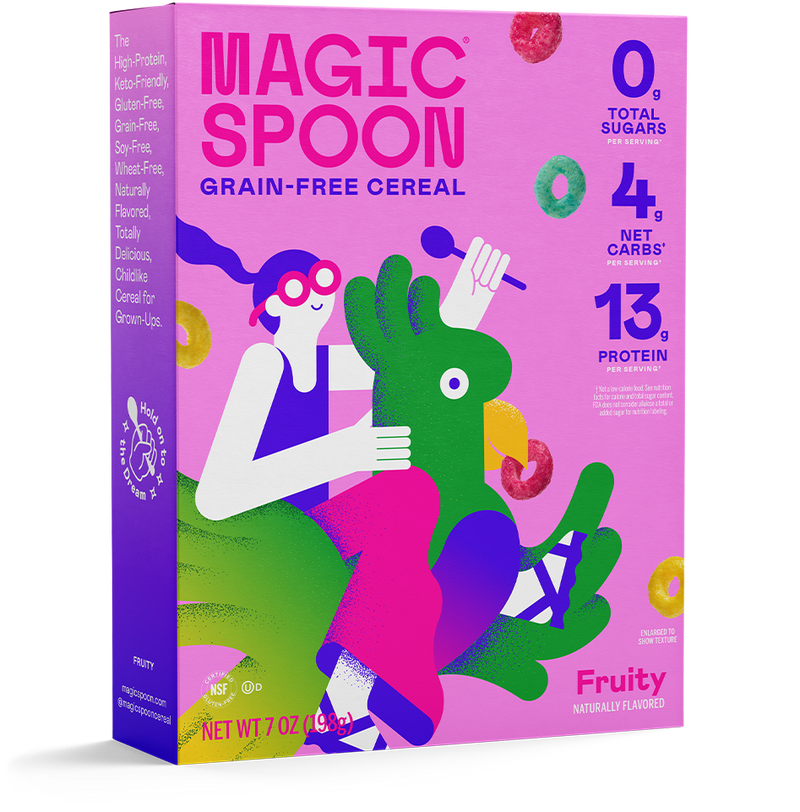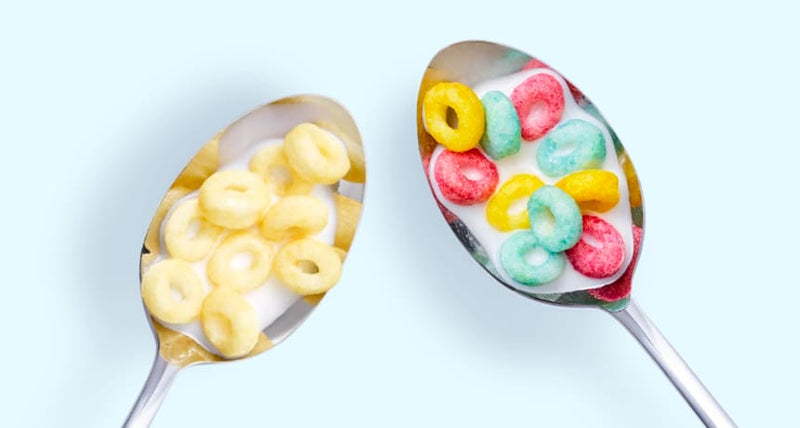There are many choices for creating a sweet taste when sweetening food and beverages. Sugar and corn syrup are most commonly used, but artificial sweeteners such as sucralose have also been widely used for a long time. More recently, natural non-sugar or corn-based sweeteners have become increasingly more common. One such sweetener is monk fruit. But what exactly is it, and why is it a great sugar alternative?
Luo Han Guo, more commonly known in the United States as monk fruit, is a relatively small and yellowish or green-brown-colored melon of the same genus as cucumbers. The melons, a native plant of Southern China, were initially cultivated by Buddhist monks. This fact is where it got its intriguing name. It wasn’t until early in the 1900s that monk fruit was brought to the United States.
Most people eat the soft interior flesh of the melon, while the rind is often used for tea. The sweet flesh of the monk fruit can become even more intensely sweet once processed. This processed monk fruit is used as a sweetener in foods and beverages.










